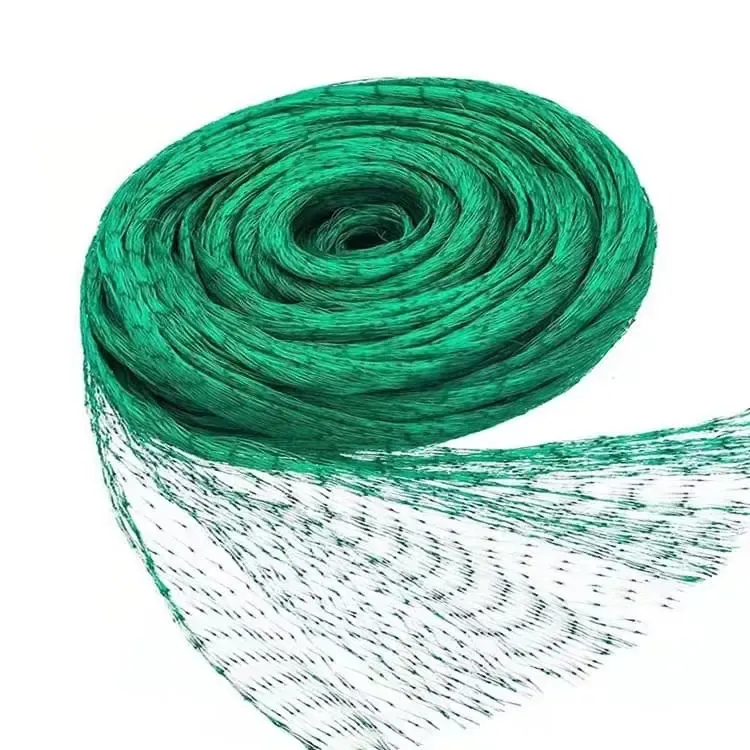-
 Afrikaans
Afrikaans -
 Albanian
Albanian -
 Amharic
Amharic -
 Arabic
Arabic -
 Armenian
Armenian -
 Azerbaijani
Azerbaijani -
 Basque
Basque -
 Belarusian
Belarusian -
 Bengali
Bengali -
 Bosnian
Bosnian -
 Bulgarian
Bulgarian -
 Catalan
Catalan -
 Cebuano
Cebuano -
 China
China -
 Corsican
Corsican -
 Croatian
Croatian -
 Czech
Czech -
 Danish
Danish -
 Dutch
Dutch -
 English
English -
 Esperanto
Esperanto -
 Estonian
Estonian -
 Finnish
Finnish -
 French
French -
 Frisian
Frisian -
 Galician
Galician -
 Georgian
Georgian -
 German
German -
 Greek
Greek -
 Gujarati
Gujarati -
 Haitian Creole
Haitian Creole -
 hausa
hausa -
 hawaiian
hawaiian -
 Hebrew
Hebrew -
 Hindi
Hindi -
 Miao
Miao -
 Hungarian
Hungarian -
 Icelandic
Icelandic -
 igbo
igbo -
 Indonesian
Indonesian -
 irish
irish -
 Italian
Italian -
 Japanese
Japanese -
 Javanese
Javanese -
 Kannada
Kannada -
 kazakh
kazakh -
 Khmer
Khmer -
 Rwandese
Rwandese -
 Korean
Korean -
 Kurdish
Kurdish -
 Kyrgyz
Kyrgyz -
 Lao
Lao -
 Latin
Latin -
 Latvian
Latvian -
 Lithuanian
Lithuanian -
 Luxembourgish
Luxembourgish -
 Macedonian
Macedonian -
 Malgashi
Malgashi -
 Malay
Malay -
 Malayalam
Malayalam -
 Maltese
Maltese -
 Maori
Maori -
 Marathi
Marathi -
 Mongolian
Mongolian -
 Myanmar
Myanmar -
 Nepali
Nepali -
 Norwegian
Norwegian -
 Norwegian
Norwegian -
 Occitan
Occitan -
 Pashto
Pashto -
 Persian
Persian -
 Polish
Polish -
 Portuguese
Portuguese -
 Punjabi
Punjabi -
 Romanian
Romanian -
 Russian
Russian -
 Samoan
Samoan -
 Scottish Gaelic
Scottish Gaelic -
 Serbian
Serbian -
 Sesotho
Sesotho -
 Shona
Shona -
 Sindhi
Sindhi -
 Sinhala
Sinhala -
 Slovak
Slovak -
 Slovenian
Slovenian -
 Somali
Somali -
 Spanish
Spanish -
 Sundanese
Sundanese -
 Swahili
Swahili -
 Swedish
Swedish -
 Tagalog
Tagalog -
 Tajik
Tajik -
 Tamil
Tamil -
 Tatar
Tatar -
 Telugu
Telugu -
 Thai
Thai -
 Turkish
Turkish -
 Turkmen
Turkmen -
 Ukrainian
Ukrainian -
 Urdu
Urdu -
 Uighur
Uighur -
 Uzbek
Uzbek -
 Vietnamese
Vietnamese -
 Welsh
Welsh -
 Bantu
Bantu -
 Yiddish
Yiddish -
 Yoruba
Yoruba -
 Zulu
Zulu
agricultural mesh
The Importance of Agricultural Mesh in Modern Farming
Agriculture, the backbone of human civilization, has continually evolved over the centuries, adapting to the changing needs of society and the environment. Among the many innovations that have transformed farming practices, agricultural mesh has emerged as a vital tool for farmers across the globe. This versatile material plays a significant role in enhancing crop yield, protecting plants from pests, and promoting sustainable agricultural practices.
Agricultural mesh, often made from high-density polyethylene (HDPE), is designed to withstand various environmental factors while providing a robust barrier. It comes in different forms, including insect netting, shade cloth, and anti-bird mesh, each serving a specific purpose. Farmers utilize these nets to create a protective environment for their crops, allowing them to thrive while minimizing losses caused by external threats.
One of the primary advantages of agricultural mesh is its ability to deter pests. Insects and other pests can cause significant damage to crops, leading to reduced yields and financial losses for farmers. By using insect netting, farmers can create a physical barrier that prevents these pests from accessing their plants. This approach significantly reduces the need for chemical pesticides, promoting healthier ecosystems and contributing to environmentally friendly farming practices. Reducing chemical use not only benefits the environment but also produces healthier food for consumers.
Moreover, agricultural mesh plays a crucial role in crop protection against extreme weather conditions. With climate change leading to unpredictable weather patterns, farmers face challenges such as heavy rainfall, hail, and intense sunlight. Shade cloth, for instance, helps regulate temperatures and sunlight exposure, protecting delicate seedlings and sensitive crops from heat stress. Additionally, anti-hail nets can shield plants from damaging hailstones, potentially saving entire harvests. By investing in agricultural mesh, farmers can better manage these risks and ensure the sustainability of their farming operations.
agricultural mesh

Another important aspect of agricultural mesh is its role in promoting efficient water usage. In regions where water scarcity is a significant concern, mesh can be used in conjunction with irrigation systems to reduce evaporation. By providing shade and covering the soil, it helps retain moisture, ensuring that crops receive the water they need without unnecessary waste. This efficient use of water resources is crucial in promoting sustainable agriculture, especially in arid and semi-arid regions.
Furthermore, agricultural mesh can facilitate enhanced pollination. Certain netting types allow beneficial insects, like bees, to access flowers while keeping out harmful pests. This not only supports the critical role of pollinators in food production but also contributes to biodiversity in agricultural settings.
The versatility and benefits of agricultural mesh make it an invaluable resource for farmers. However, its effectiveness also relies on proper application and management. Farmers need to understand the specific requirements of their crops and the environmental conditions they face. Selecting the right type of mesh and installing it correctly is essential for maximizing its benefits.
In conclusion, agricultural mesh represents a significant advancement in modern farming practices. Its ability to protect crops from pests, mitigate weather-related damage, promote efficient water use, and aid in pollination underscores its importance in sustainable agriculture. As the global population continues to grow and the pressures on food production increase, adopting innovative solutions like agricultural mesh will be crucial. By embracing these practices, farmers can enhance their resilience, improve their yields, and contribute positively to environmental sustainability. The future of agriculture may very well depend on the effective utilization of such tools, ensuring that we can feed the world while preserving the health of our planet.
-
Shipping Plastic Bags for Every NeedNewsJul.24,2025
-
Safety Netting: Your Shield in ConstructionNewsJul.24,2025
-
Plastic Mesh Netting for Everyday UseNewsJul.24,2025
-
Nylon Netting for Every UseNewsJul.24,2025
-
Mesh Breeder Box for Fish TanksNewsJul.24,2025
-
Expanded Steel Mesh Offers Durable VersatilityNewsJul.24,2025











